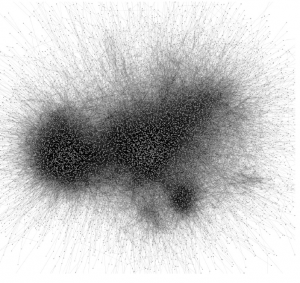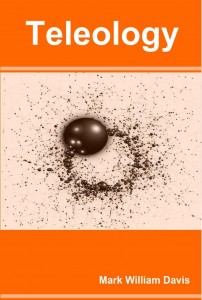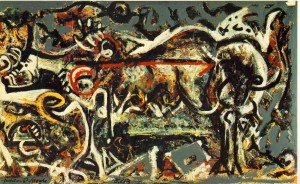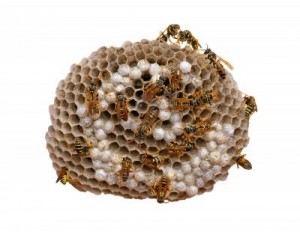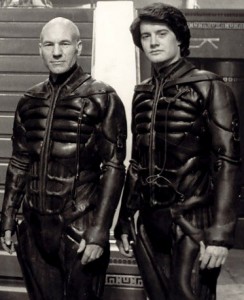Gary Cutting from Notre Dame and the New York Times knows how to incite an intellectual riot, as demonstrated by his most recent The Stone piece, Mozart vs. the Beatles. “High art” is superior to “low art” because of its “stunning intellectual and emotional complexity.” He sums up:
My argument is that this distinctively aesthetic value is of great importance in our lives and that works of high art achieve it much more fully than do works of popular art.
But what makes up these notions of complexity and distinctive aesthetic value? One might try to enumerate those values or create a list. Or, alternatively, one might instead claim that time serves as a sieve for the values that Cutting is claiming make one work of art superior to another, thus leaving open the possibility for the enumerated list approach to be incomplete but still a useful retrospective system of valuation.
I previously argued in a 1994 paper (published in 1997), Complexity Formalisms, Order and Disorder in the Structure of Art, that simplicity and random chaos exist in a careful balance in art that reflects our underlying grammatical systems that are used to predict the environment. And Jürgen Schmidhuber took the approach further by applying algorithmic information theory to novelty seeking behavior that leads, in turn, to aesthetically pleasing models. The reflection of this behavioral optimization in our sideline preoccupations emerges as art, with the ultimate causation machine of evolution driving the proximate consequences for men and women.
But let’s get back to the flaw I see in Cutting’s argument that, in turn, fits better with Schmidhuber’s approach: much of what is important in art is cultural novelty. Picasso is not aesthetically superior to the detailed hyper-reality of Dutch Masters, for instance, but is notable for his cultural deconstruction of the role of art as photography and reproduction took hold.… Read the rest
